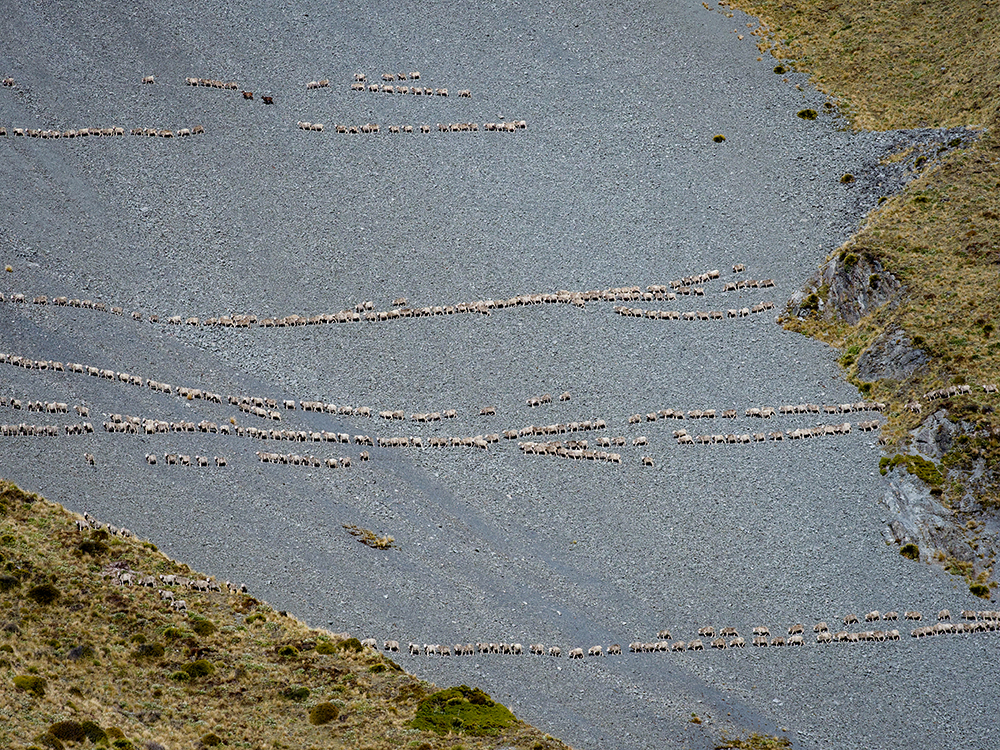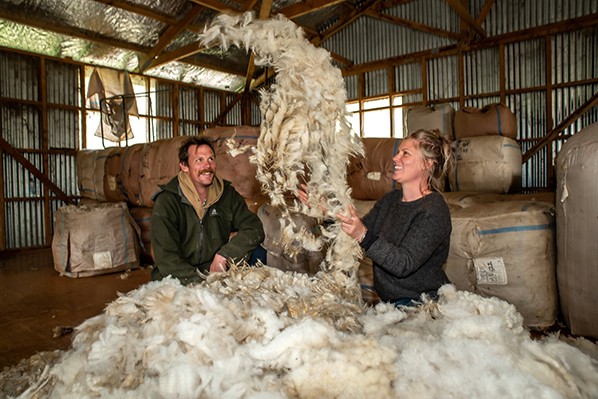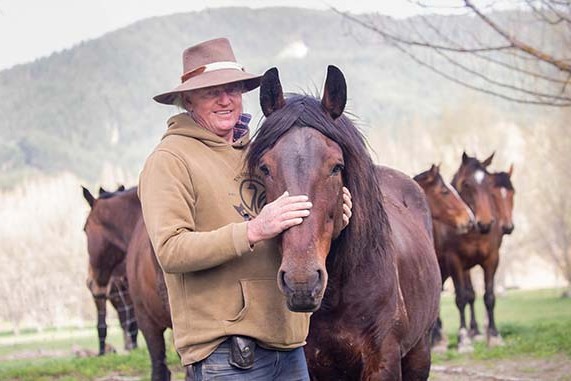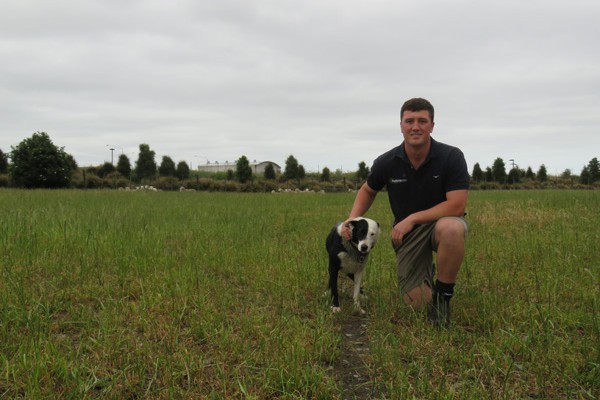An autumn muster
Anna Munro reflects on her time in the depths of the Canterbury High Country on Lake Heron Station. Words & Images Anna Munro

Autumn is my favourite time of year. Golden poplars, dewy mornings with the odd frost, and clear, cool nights. A time to catch your breath and reflect after the busyness of summer on the farm.
It’s also the season for the Lake Heron Station autumn muster. My sisters and I have been heading up the gorge for the muster for a few years now, although last year I didn’t go as I presumed they wouldn’t require a waddling pregnant shepherd to complete their team. But this year I was keen to get up for a day, and this was possible thanks to my awesome parents looking after wee Charlie.
Lake Heron Station is a 19,600-hectare high country property up the Ashburton Gorge, home to the Todhunter family. It takes four days to muster the 2,800 merino wethers (male sheep) down from the tops where they spend the summer, to the lower country for crutching.

There were nine people on the mustering team this year; owner Philip Todhunter, stock manager Mike Blondell, shepherds Noah and Archie, local ring-ins Dougal Forbes, Cooper Cudmore and Robbie Harper and my sisters Ailie Jaine and Nina Erasmus.
Most of us started out about 6 am to head up Wire Fence Creek. Mike and Robbie had set off earlier on the keen bean beat – they would climb up and over the saddle and scoop any sheep from down in the basin above the Cameron River.
There’s nothing quite like a river crossing or 30 to get you going for the day! Most dogs were used to following the shepherds across the water, but a couple of younger heading dogs needed a bit of cajoling to get used to the early morning ice therapy.
After an hour or two we popped out at the forks and began the haul up Teddy’s Hill. The shepherds spread out, each taking a separate ridge and gathering any merinos on the climb. Being out of phone reception (Yeeha), you either communicate by radio or bark-up; this lets your neighbour know where you are on the hill, chases any wily merinos out of the scrub and makes the huntaways feel special.
Halfway up, I hooked a mob of wethers with Gus, my heading dog. It was a minor miracle he got around them to be honest, as he isn’t a picture of obedience and they were heading for the bluffs at a fair pace. When he effortlessly brought them back, we pretended that we always run such smooth operations.
The main mob started to string across the shingle scree above us. The sight and sound of a few hundred merinos picking their way single file across a shingle face is something to behold. Robbie and Mike appeared over the saddle on the top beat with a handful of wethers to join the rest of the mob.
After a brief lunch break on top of Teddy’s Hill to refuel, we spread out to clear the matagouri faces above the valley. Over the next three to four hours shepherds sidled and scrambled their way down through the scrub, picking up pockets of sheep. The echo of bark-ups rang out across the valley above Lake Stream. Little mobs joined to become larger ones, eventually reaching the valley floor.
The wethers were in good nick; despite the dry season up the gorge there was decent feed in the hills. We counted them through the gate and headed for the hut where everyone yarned about the day over a much-appreciated beverage.
Philip Todhunter describes the autumn muster as part of the ‘thread of Lake Heron Station’. As I left the valley on a high, to head back down country to my baby, I hoped it was a thread that holds true for many years to come.





